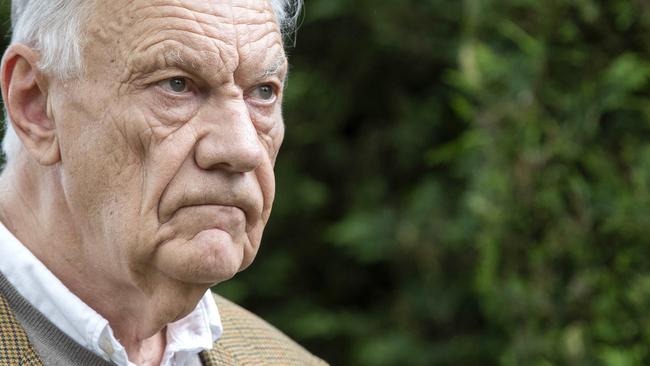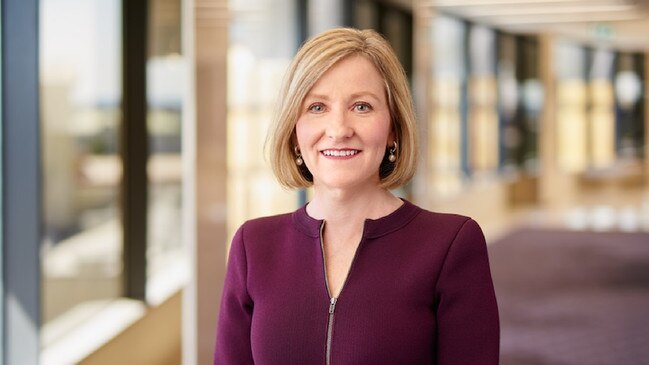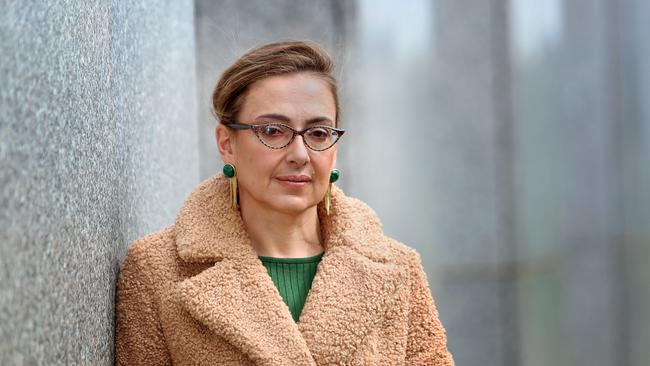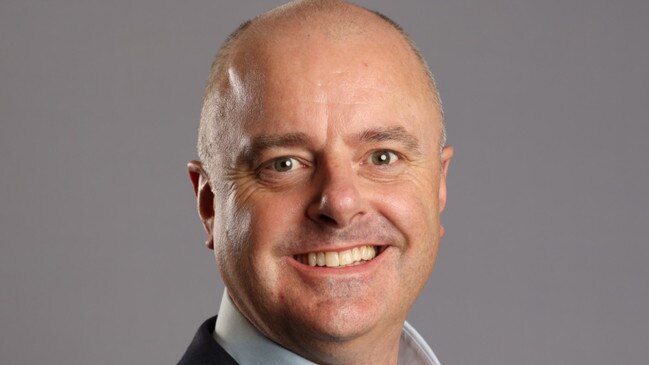Australian health fund customer premiums to soar as pay packets of bosses revealed
Private health fund bosses have won massive pay rises while battling Aussies are slugged with premium price hikes of more than 8 per cent. See how much the executives earn.
Companies
Don't miss out on the headlines from Companies. Followed categories will be added to My News.
Exclusive: Health fund executives have been rewarded with million-dollar plus pay rises, as their members brace for the misery of another round of above-inflation premium hikes.
News Corp can reveal the bosses of two of the big four funds — NIB and Medibank — each received pay rises of more than $1.1 million in the past three years. NIB’s managing director Mark Fitzgibbon’s total remuneration rose to $3.38 million in June, while Medibank’s CEO David Kozckar’s package jumped to $3.25 million.
The eye-watering pay-packets are salt in the wounds for families about to be hit with huge premium hikes from nib on October 1.
The government has approved an “average” rise of 2.9 per cent this year but Gold policies will from next week cost families in some states up to $8600 a year — eight per cent more than they currently pay. Medibank raised its premiums twice this year, in January and July.
This is despite the leading funds making record profits during the Covid years and having hefty admin fees.
Watch the video above and see how you can get a better health fund deal.

The jumps are so dramatic, even health fund lobby group Private Healthcare Australia (PHA) has questioned whether top health cover is financially worthwhile.
“It is effectively a pool of high claimers that can’t be subsidised. It’s a very expensive savings account,” PHA chief executive Dr Rachel David said, noting some people buying Gold insurance were essentially paying for the full cost of their treatment.
A News Corp investigation last month found if you pay full premiums and even if you receive a tax rebate, it would be cheaper to self-fund many common types of surgery.
Consumers Health Forum CEO Elizabeth Deveny said private insurance funds should “sharpen their pencils and improve the affordability of their premiums”.

“People should not set and forget. If they believe their fund isn’t offering value for money, our advice is to shop around and compare various policies. Consumers can do this at www.privatehealth.gov.au,” she said.
Health insurance broker iSelect said policyholders could save up to $448 a year on average if they switched. A recent survey by iSelect found three quarters of Australians would find it difficult to manage this year’s premium rises.
And one third of respondents said it would be either be ‘extremely difficult/impossible’ or ‘very difficult’ to manage.

Health fund policy analyst Martyn Goddard said health fund bosses were now earning seven times as much as the Prime Minister (who makes $587,000 per annum).
And health fund directors are getting paid $200,000 a year for going to meetings.
“Much of their pay is linked to company profit and share price. During the pandemic, when premiums continued to be paid but when fewer people drew on their policies, profits soared,” he writes in his Policy Post blog.
“And though the executives did nothing to cause those windfalls, they benefited mightily.”

HCF does not reveal the pay of its boss, nor individual executives but its annual report shows in the year ending June 2022 it was spending $11 million on executive salaries.
It is hard to ascertain the total cost of executive pay at Bupa, which is based in the UK, but its filings to the Australian Security and Investments Commission (ASIC) show it spent $6.65 million on executive and directors pay for ten individuals in the calendar year ending December 2022.

Medibank, which delayed its 2022 premium rise after cyberhackers uploaded details of more than 9 million of the firm’s customers onto the dark web, said “the CEO and members of the executive leadership team received no short-term incentives”.
“Variable remuneration in the year just gone was reduced by around $3.6m, including a $2.6m drop for the top executives,” the spokesman said.
“The CEO received no increase in remuneration for the current financial year.”

An nib spokesman said company performance, benchmarking data, changes to organisation structure and executive responsibilities, and market competition were among the factors which determined remuneration.
“Our CEO’s remuneration is not only attributable to nib’s health insurance business performance in Australia, it also factors in the performance of the nib Group, such as our NZ health, travel and national disability insurance scheme businesses,” a spokesman said.
HCF and BUPA declined to comment. Private hospital bosses are also enjoying huge salaries with Ramsay Health CEO Craig McNally earning $5.6 million in financial year 2022, after his pay rose by $631,000.

Fund: NIB
Boss: Mark Fitzgibbon
Personal pay package: 3.38 million; rose from $1.99 million between June 2021 and June 2023.
Executives’ pay: spending $15.8 million a year on payments to senior executives and directors. Five of its executive team earn more than $1 million a year.
Members: 1.25 million
Policy price hike: Gold cover going up by 8 per cent on October 1. Families will pay between $7892 and $8689 before government rebates are applied depending on which state you live in.

Fund: Medibank
Boss: David Kozckar
Pay package: $3.25 million; rose from $2.1 million from June 2021 to June 2023.
Executive and directors’ pay: $10 million collectively, with four of its top executives earning above $1.28 million.
Members: 3.7 million
Policy price hike: Premiums increased twice this year — in January (by up to xx per cent) and again in July (by up to 6.8 per cent). Gold cover now costs families between $6172 and $6835 depending on which state you live in.

Fund: HCF
Boss: Sheena Jack
Personal pay package: Undisclosed.
Executives’ pay: spent $11 million collectively in the year ending June, 2022
Members: 1.8 million
Policy price hike: Gold cover premiums rose by between 5.3 and 6 per cent on September 1. Gold cover now costs families between $7173 and $7980 before government rebates depending on which state you live in.

Fund: BUPA
Boss: Nick Stone
Personal pay package: Undisclosed.
Executives’ pay: spent $6.65 million pay for 10 executives, including the CEO and CFO, in the calendar year ending December, 2022.
Members: 3.6 million
Policy price hike: Gold cover premiums to rise by 6 per cent on October 1 and now costs families between $7707 and $8319 before government rebates depending on which state you live in.
More Coverage
Originally published as Australian health fund customer premiums to soar as pay packets of bosses revealed




